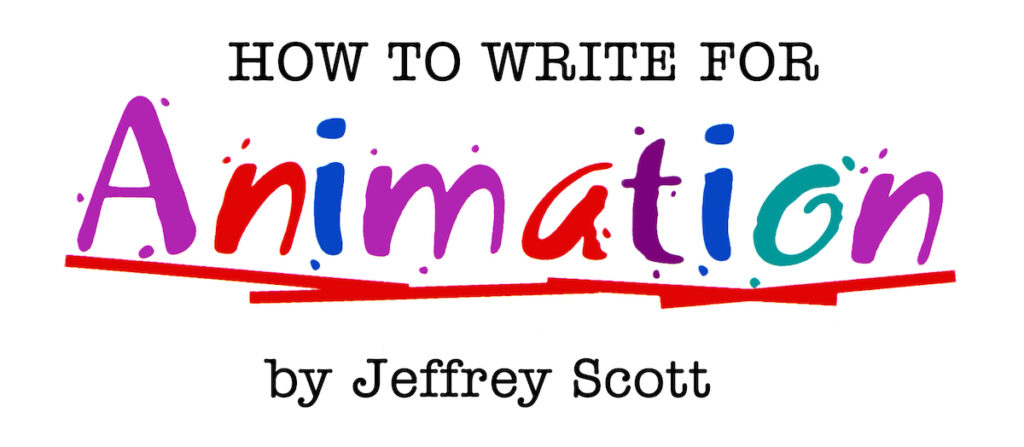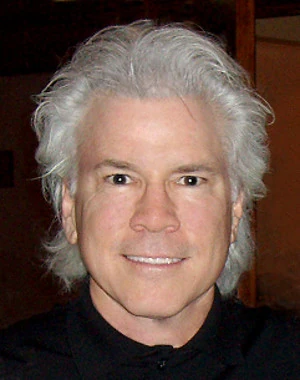
In my last post I introduced a simple method of developing story beats by asking the question: “What are the scenes that MUST be there?”
Let’s give this a try and see if it works by beginning to develop some story beats. Imagine we are writing for an animated action-comedy series about a trio of goofy teen aliens pretending to be high school students whose mission is to save Earth from an evil alien invader.
We will need an action A-plot and a character B-plot. So, let’s begin with the B-plot. First, we’ll need a character problem for our goofy alien heroes. Here’s the first idea that popped into my head: They’re in school taking a physics test and the brainy female alien answers a question so completely that her teacher realises she’s just discovered the theory of time travel. This gives us an interesting B-plot. Our goofy aliens have to work hard to keep their cover from being blown when everyone learns what they’ve discovered. Although this is the B-plot, it is this plot that will give us the most character and comedy.
For the alien invaders’ A-plot we’ll have them attack air and army bases by creating a humanoid walking tornado which can suck up anything in its path.
Now we need a funny way for our goofy alien heroes to handle this, so we’ll have them devise wacky vacuum backpacks and disguise themselves as tornado-busters. This, together with the alien invaders’ attacks, is the A-STORY.
So we’ve basically got a character subplot for our beginning, an alien monster attack for our middle, and we’ll end by having our heroes thwart the alien invaders’ plan, while at the same time resolving their time travel subplot.
We’ve now got our basic story. Next we have to work out the scenes. But how do we come up with them?
The answer, as noted in my last post, is amazingly simple. Just ask yourself the magic question:
“What are the scenes that must be there?”
By asking this question as we look over our story idea we will begin to get the answers.
We must have a scene that introduces our main characters at school.
We must have a scene in which the tornado monster attacks a military base.
We must have a scene where our heroes learn of the attack.
We must have a scene in which our heroes encounter the tornado monster.
We must have a scene in which they try, and fail, to stop the monster.
We must have a scene in which they attempt to figure out how they can cleverly defeat the nasty aliens’ plan.
With regard to the subplot—
We must have a scene in which the time travel subplot complicates the story.
The most obvious would be to send one of our heroes back in time. If we do this—
We must have a funny scene in the past.
Now in order to ensure that the time travel subplot is not a waste of time (no pun intended) it has to advance the story. So—
We must have a scene with our time-traveling alien returning to the present with something from the past that helps resolve the plot.
Perhaps he or she returns with Leonardo da Vinci who helps devise a cockamamie helicopter our heroes use to suck up the tornado monster. Thus—
We must have a climactic battle scene in which our heroes defeat the alien invaders.
And finally—
We must have a scene in which our alien teens resolve their problem with their physics teacher.
Now, all of these scenes are, for the most part, essential points that I didn’t have to wrack my brain to figure out because they are logically necessary to the plot. They could be expressed in many different ways but they MUST be there.
When looking them over if you find any gaps just ask the question, “What scene must be there to connect these scenes?” Of course, the “must scenes” are not the only possible scenes. But this method will give us a good start. If we want a more detailed plot we can search for additional scenes that complicate the villains’ plans, our heroes’ plans, or our subplot, ideally that further explore our heroes’ characters and quirks.
Hopefully you can now see that finding your story beats doesn’t have to be difficult. Your creative mind will give you the answers. All you have to do is ask.
©Jeffrey Scott, All Rights Reserved
Jeffrey Scott has written over 700 animated and live-action TV and film scripts for Sony, Warner Bros., Disney, Marvel, Universal, Paramount, Columbia, Big Animation, Hanna-Barbera and others. His writing has been honored with three Emmys and the Humanitas Prize. He is author of the acclaimed book, How to Write for Animation. To work with Jeffrey visit his website at www.JeffreyScott.tv.
Read other articles from this series:
#1 The difference between live-action and animation writing

